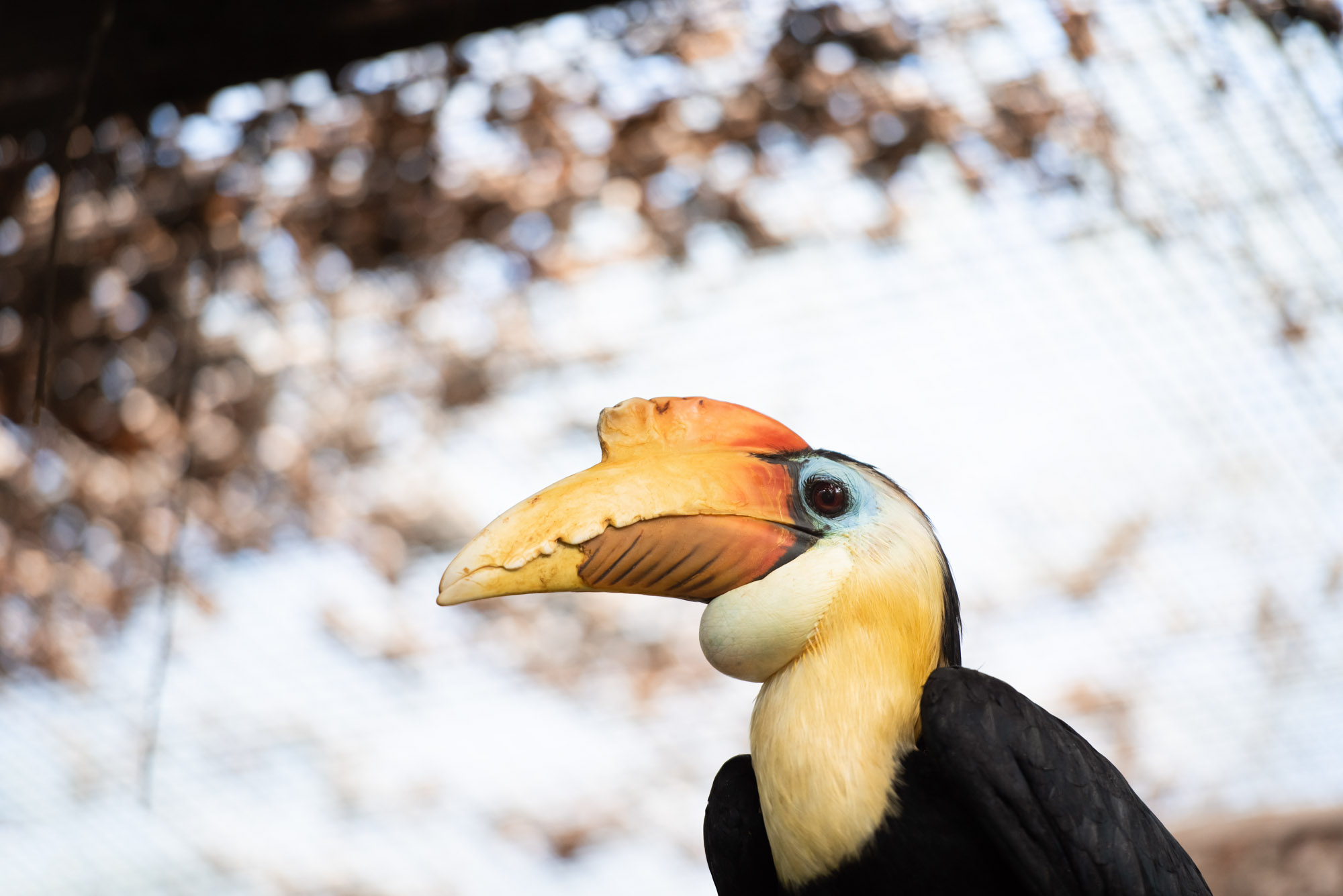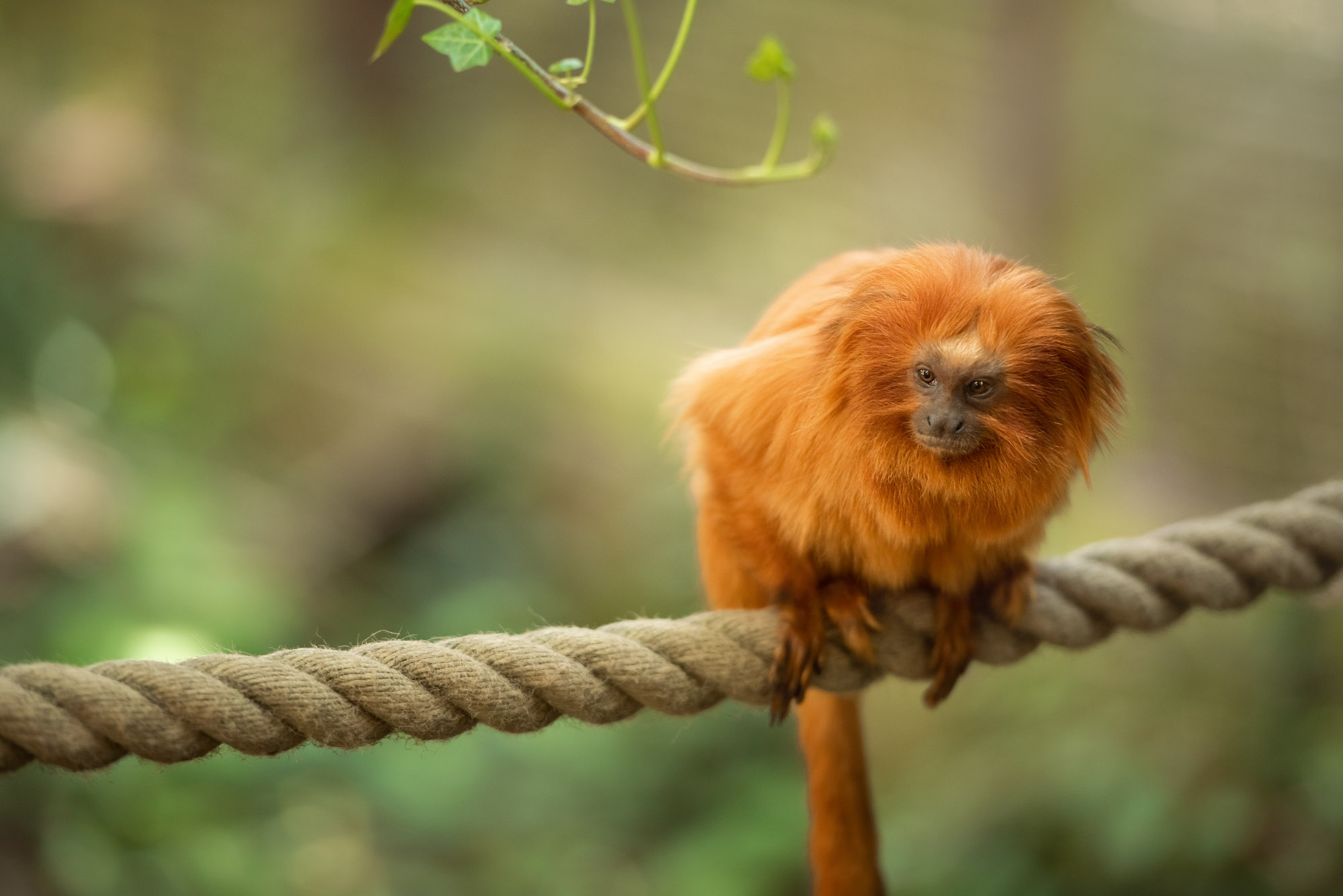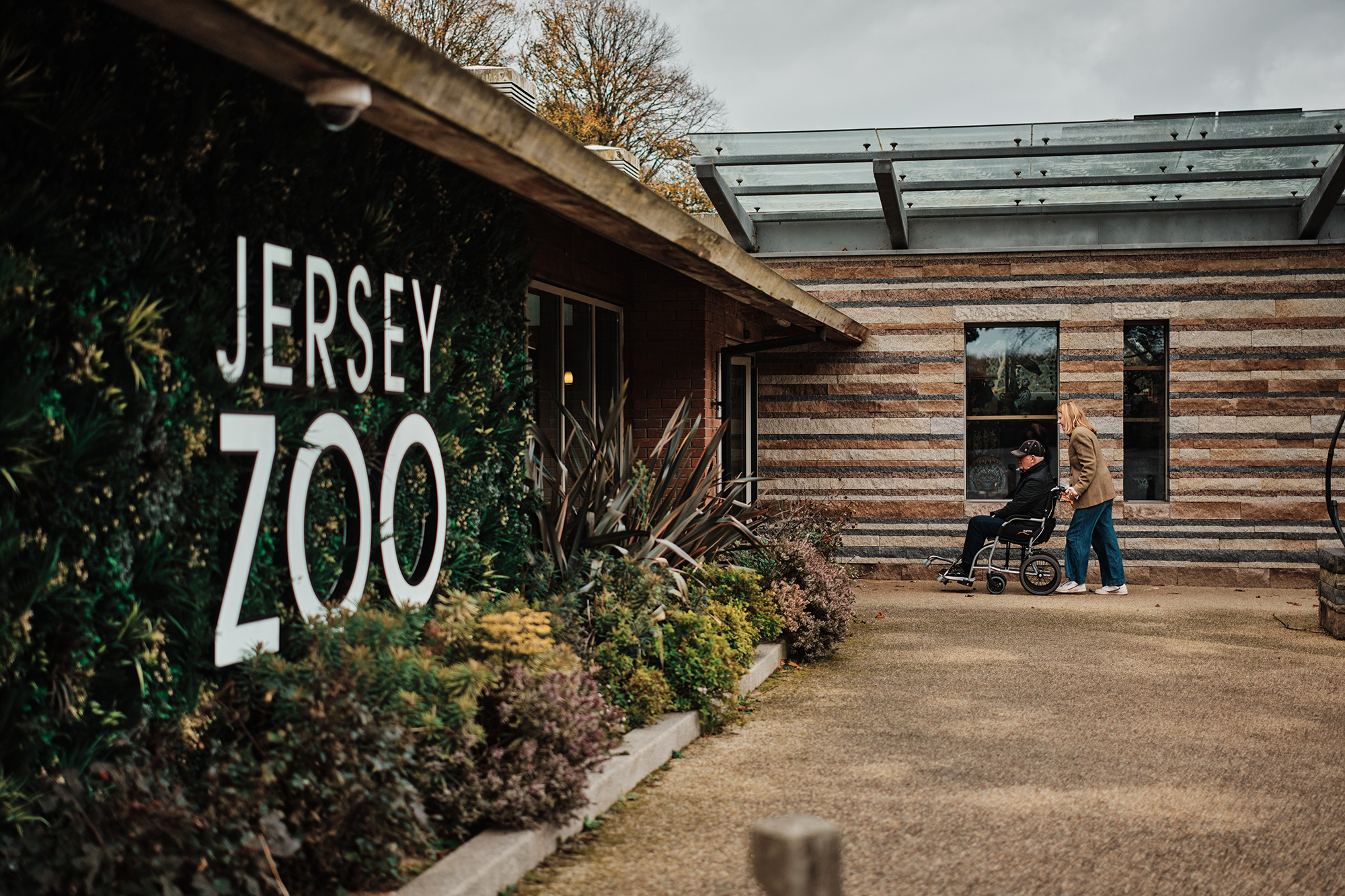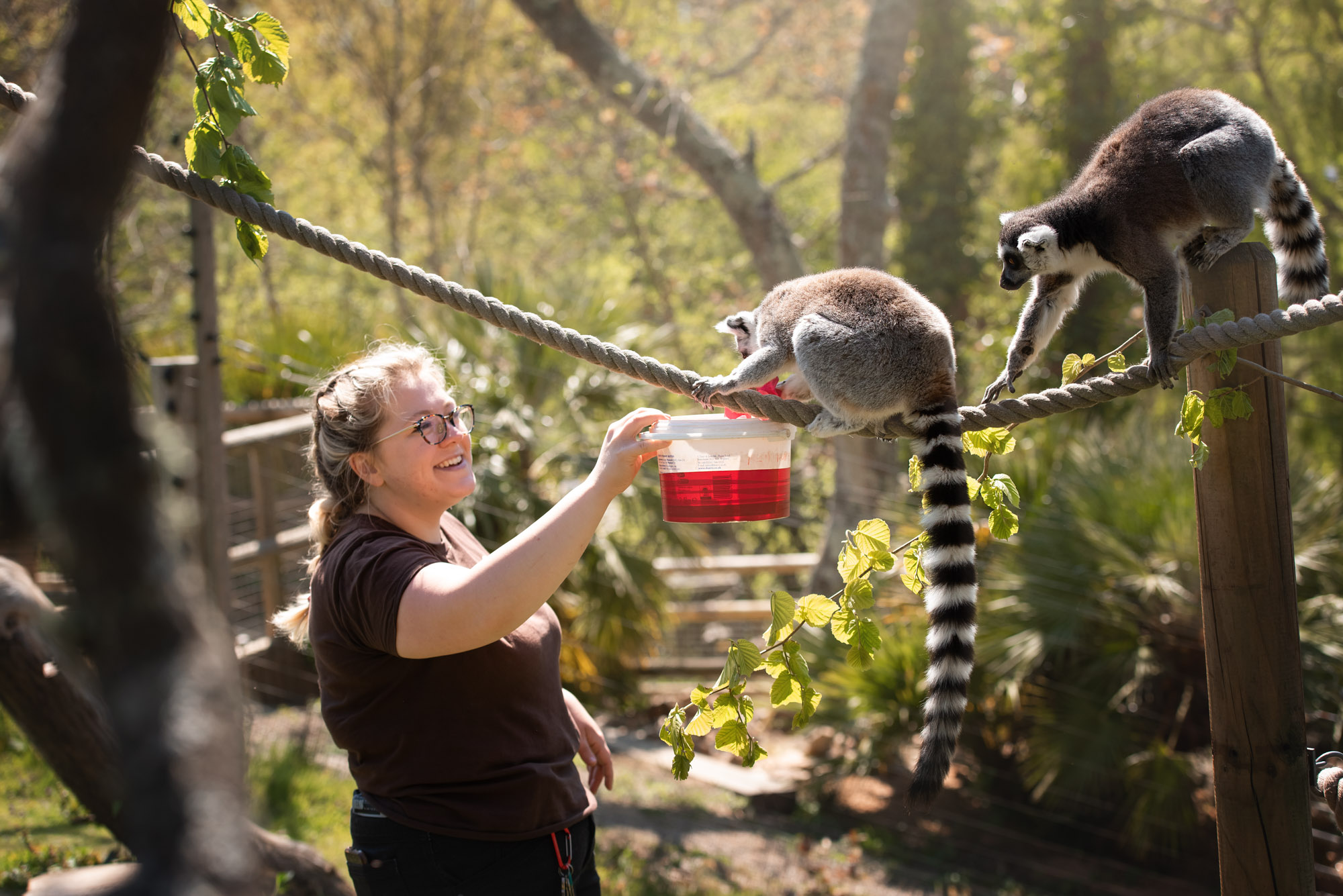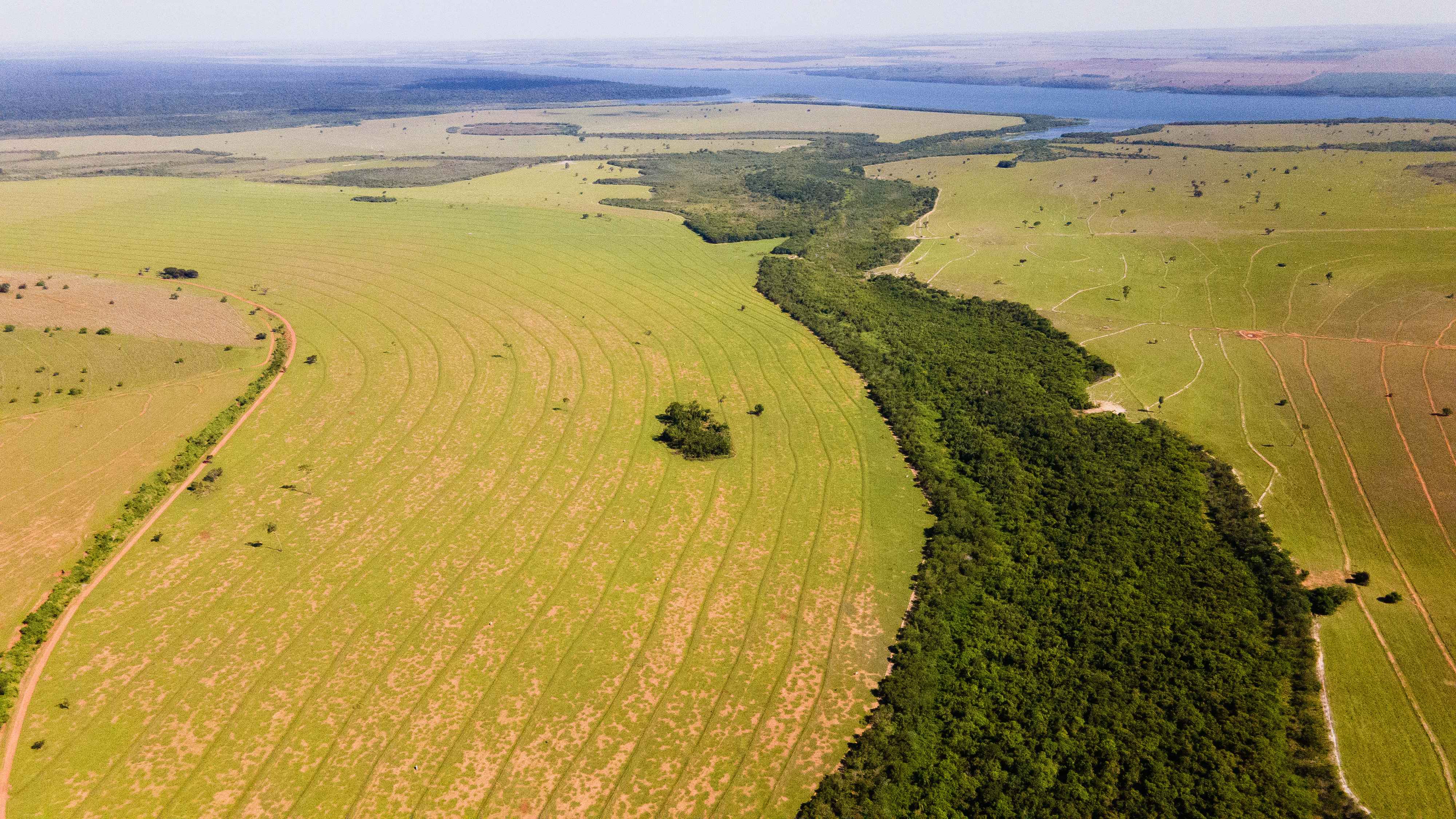Carl Jones Named as 2016 Indianapolis Prize Finalist
Indianapolis Prize officials announced today the six Finalists for the world’s leading award for animal conservation. In recognition of his successes in the conservation of at-risk species, Professor Carl Jones joins fellow Finalists Dr. Joel Berger, Dr. Dee Boersma, Dr. Rodney Jackson, Dr. Carl Safina and Dr. Amanda Vincent.
“Carl and the Finalists for the Indianapolis Prize are heroes in many senses of the word,” said Michael Crowther, president and CEO of the Indianapolis Zoological Society, which administers the Indianapolis Prize as part of its core mission. “They’ve sacrificed their own self-interests to help others, and they’ve overcome seemingly insurmountable obstacles. Our world is unquestionably better off because of Professor Carl Jones, and we hope others will not only take notice of, but also join in his noble work to save wild things and wild places.”
The dodo, a flightless bird native to the island of Mauritius, became extinct in the late 17th century and remains one of the most evocative images of animal conservation. Hundreds of years after the dodo vanished, its relatives — species that include the pink pigeon, echo parakeet, and Mauritius kestrel — came close to a similar fate. Thanks to the tireless work of Professor Carl Jones, these species were brought back from the brink of extinction and the Mauritian isles are experiencing a rebirth. Inspiring this new renaissance for wildlife and creating broadly applicable techniques for other conservation models is why Jones has advanced as a Finalist for the 2016 Indianapolis Prize.
By the late 1970s, the Republic of Mauritius had lost more than 95 percent of its biodiversity. With just four Mauritius kestrels left in the wild – making them the rarest bird in the world –Jones began his work to save the species in 1979. The sixth biologist in six years to work with the species’ restoration, where others failed, he persisted. In just one decade, he successfully reared and released 333 Mauritius kestrels into the wild.
While nurturing the kestrel population, Jones noted that all Mauritian species have a distinctly important ecological function, from the echo parakeet to the giant tortoises introduced to the islands at the request of Charles Darwin. Jones found that to save one species, you must save them all. He pioneered population management techniques — many of which have been developed using captive common species as models — to reverse the decline of Mauritius’ most endangered species. To date, he has driven recoveries in seven bird, seven reptile and two mammal species, all of which are or were globally threatened. He is also credited with having helped the Mauritian Government to establish Black River Gorges, the first national park in Mauritius.
telfairs skink To save one species, you have to save them all... Carl's work to restore ecosystems has resulted in much healthier numbers of the Telfair's skink (above)
Jones is a declared disciple of the iconic animal conservationist, Gerald (Gerry) Durrell and leads Mascarene ecosystem restoration efforts as a Chief Scientist for the Durrell Wildlife Conservation Trust. He also serves as Scientific Director for the Mauritian Wildlife Foundation. Like his mentor, Gerald Durrell, Carl has a talent for breaking the mold said Dr. Simon Stuart, Chair of the IUCN Species Survival Commission, and a Finalist for the inaugural Indianapolis Prize. If we are to prevent widespread species extinctions in the coming years, the world desperately needs more people like Carl - talented, charismatic and visionary, with a stubborn determination not to give in
Born and raised in Wales, Jones received both his masters of science and his doctorate from the University of Wales in Swansea. He currently splits his time between Wales and Mauritius for his work.
Jones joins a highly-accomplished roster of 2016 Indianapolis Prize Finalists, which includes:
Joel Berger, Ph.D.: (Wildlife Conservation Society, Colorado State University)
Dr. Berger strives to save flagship species like the muskox in the Arctic tundra and the wild yak of the alpine on the Tibetan Plateau. Beyond studying migration paths for large mammals, Berger’s actionable conservation models help researchers understand populations as modern metaphors for climate change. Berger was also a Finalist for the 2014 Indianapolis Prize.
Dee Boersma, Ph.D.: (University of Washington Department of Biology)
Penguins, as sentinels of our oceans, have no greater champion than Dr. Boersma. For more than four decades she has studied Galapagos penguins, showing how these seabirds are indicators of environmental change. She has followed the lives of Argentina’s Magellanic penguins to help strengthen protections and conservation efforts for colonies, using her science to prevent harvesting, reduce oiling and secure marine protected areas.
Rodney Jackson, Ph.D.: (Snow Leopard Conservancy)
One of the world’s foremost experts on the elusive, endangered snow leopard, Dr. Jackson endures harsh winters and dangerous terrain to track these “ghosts of the mountain” and teach locals how to coexist peacefully with them. Jackson was also a Finalist for the 2008, 2010 and 2012 Indianapolis Prize.
Carl Safina, Ph.D.: (The Safina Center at Stony Brook University)
A crusader for the ocean and its creatures, Dr. Safina works to effectively connect humans with marine species. He has pioneered innovative approaches to studying species ranging from reef coral to whales, and established a sustainable seafood program, bringing science- based criteria to consumers. Safina was also a Finalist for the 2010 and 2014 Indianapolis Prize.
Amanda Vincent, Ph.D.: (Project Seahorse, The University of British Columbia)
Among the first to study seahorses underwater, Dr. Vincent helped put the world’s 47 species on the global conservation agenda. Initiating the first seahorse conservation project, her programs have led to 35 no-take marine protected areas, the first global export controls for marine fishes and a bold new citizen science venture, iSeahorse. Vincent was also a Finalist for the 2010 Indianapolis Prize. Renowned professional conservationists and designated representatives make up the Indianapolis Prize Jury, tasked with naming the 2016 Winner, who will be announced in late spring and honored at the Indianapolis Prize Gala presented by Cummins Inc., to be held Oct. 15, 2016. The Winner of the Prize will receive an unrestricted $250,000 cash award while the five Finalists will each receive $10,000. In addition to the monetary award, the Winner will receive the prestigious Lilly Medal, a cast bronze medal showcasing the relationship between humans and the natural world.
“Winning the Indianapolis Prize stands out as one of the highlights of my career,” said Dr. Patricia Wright, who in 2014 became the first woman to receive the Indianapolis Prize for her commitment to protecting Madagascar’s lemurs. “It is truly the ‘Nobel Prize’ of animal conservation and the 2016 Finalists represent some of the best and brightest minds in conservation.”
A History of Indianapolis Prize Winners
The Indianapolis Prize was first awarded in 2006 to George Archibald, Ph.D., the co-founder of the International Crane Foundation. The 2008 Winner was George Schaller, Ph.D., known as one of the founding fathers of modern wildlife conservation, and both a senior conservationist for the Wildlife Conservation Society and vice president for Panthera. In 2010, Iain Douglas-Hamilton, Ph.D., founder of Save the Elephants, received the Prize for his pioneering research in elephant social behavior and for leading the way in the fight against the poaching of African elephants. Steven Amstrup, Ph.D., chief scientist for Polar Bears International, received the 2012 Prize for his work promoting the cause of the world’s largest land carnivore. In 2014, Patricia C. Wright, Ph.D., founder of Centre ValBio, became the first woman awarded the Indianapolis Prize for her dedication to protecting Madagascar’s lemurs.
The Indianapolis Prize was initiated by the Indianapolis Zoo as a significant component of its mission to empower people and communities, both locally and globally, to advance animal conservation. This biennial award brings the world’s attention to the cause of animal conservation and the brave, talented and dedicated men and women who spend their lives saving the Earth’s endangered animal species. The Indianapolis Prize has received support from the Eli Lilly and Company Foundation since its inception in 2004.
“Carl and the Finalists for the Indianapolis Prize are heroes in many senses of the word,” said Michael Crowther, president and CEO of the Indianapolis Zoological Society, which administers the Indianapolis Prize as part of its core mission. “They’ve sacrificed their own self-interests to help others, and they’ve overcome seemingly insurmountable obstacles. Our world is unquestionably better off because of Professor Carl Jones, and we hope others will not only take notice of, but also join in his noble work to save wild things and wild places.”
The dodo, a flightless bird native to the island of Mauritius, became extinct in the late 17th century and remains one of the most evocative images of animal conservation. Hundreds of years after the dodo vanished, its relatives — species that include the pink pigeon, echo parakeet, and Mauritius kestrel — came close to a similar fate. Thanks to the tireless work of Professor Carl Jones, these species were brought back from the brink of extinction and the Mauritian isles are experiencing a rebirth. Inspiring this new renaissance for wildlife and creating broadly applicable techniques for other conservation models is why Jones has advanced as a Finalist for the 2016 Indianapolis Prize.
By the late 1970s, the Republic of Mauritius had lost more than 95 percent of its biodiversity. With just four Mauritius kestrels left in the wild – making them the rarest bird in the world –Jones began his work to save the species in 1979. The sixth biologist in six years to work with the species’ restoration, where others failed, he persisted. In just one decade, he successfully reared and released 333 Mauritius kestrels into the wild.
While nurturing the kestrel population, Jones noted that all Mauritian species have a distinctly important ecological function, from the echo parakeet to the giant tortoises introduced to the islands at the request of Charles Darwin. Jones found that to save one species, you must save them all. He pioneered population management techniques — many of which have been developed using captive common species as models — to reverse the decline of Mauritius’ most endangered species. To date, he has driven recoveries in seven bird, seven reptile and two mammal species, all of which are or were globally threatened. He is also credited with having helped the Mauritian Government to establish Black River Gorges, the first national park in Mauritius.
telfairs skink To save one species, you have to save them all... Carl's work to restore ecosystems has resulted in much healthier numbers of the Telfair's skink (above)
Jones is a declared disciple of the iconic animal conservationist, Gerald (Gerry) Durrell and leads Mascarene ecosystem restoration efforts as a Chief Scientist for the Durrell Wildlife Conservation Trust. He also serves as Scientific Director for the Mauritian Wildlife Foundation. Like his mentor, Gerald Durrell, Carl has a talent for breaking the mold said Dr. Simon Stuart, Chair of the IUCN Species Survival Commission, and a Finalist for the inaugural Indianapolis Prize. If we are to prevent widespread species extinctions in the coming years, the world desperately needs more people like Carl - talented, charismatic and visionary, with a stubborn determination not to give in
Born and raised in Wales, Jones received both his masters of science and his doctorate from the University of Wales in Swansea. He currently splits his time between Wales and Mauritius for his work.
Jones joins a highly-accomplished roster of 2016 Indianapolis Prize Finalists, which includes:
Joel Berger, Ph.D.: (Wildlife Conservation Society, Colorado State University)
Dr. Berger strives to save flagship species like the muskox in the Arctic tundra and the wild yak of the alpine on the Tibetan Plateau. Beyond studying migration paths for large mammals, Berger’s actionable conservation models help researchers understand populations as modern metaphors for climate change. Berger was also a Finalist for the 2014 Indianapolis Prize.
Dee Boersma, Ph.D.: (University of Washington Department of Biology)
Penguins, as sentinels of our oceans, have no greater champion than Dr. Boersma. For more than four decades she has studied Galapagos penguins, showing how these seabirds are indicators of environmental change. She has followed the lives of Argentina’s Magellanic penguins to help strengthen protections and conservation efforts for colonies, using her science to prevent harvesting, reduce oiling and secure marine protected areas.
Rodney Jackson, Ph.D.: (Snow Leopard Conservancy)
One of the world’s foremost experts on the elusive, endangered snow leopard, Dr. Jackson endures harsh winters and dangerous terrain to track these “ghosts of the mountain” and teach locals how to coexist peacefully with them. Jackson was also a Finalist for the 2008, 2010 and 2012 Indianapolis Prize.
Carl Safina, Ph.D.: (The Safina Center at Stony Brook University)
A crusader for the ocean and its creatures, Dr. Safina works to effectively connect humans with marine species. He has pioneered innovative approaches to studying species ranging from reef coral to whales, and established a sustainable seafood program, bringing science- based criteria to consumers. Safina was also a Finalist for the 2010 and 2014 Indianapolis Prize.
Amanda Vincent, Ph.D.: (Project Seahorse, The University of British Columbia)
Among the first to study seahorses underwater, Dr. Vincent helped put the world’s 47 species on the global conservation agenda. Initiating the first seahorse conservation project, her programs have led to 35 no-take marine protected areas, the first global export controls for marine fishes and a bold new citizen science venture, iSeahorse. Vincent was also a Finalist for the 2010 Indianapolis Prize. Renowned professional conservationists and designated representatives make up the Indianapolis Prize Jury, tasked with naming the 2016 Winner, who will be announced in late spring and honored at the Indianapolis Prize Gala presented by Cummins Inc., to be held Oct. 15, 2016. The Winner of the Prize will receive an unrestricted $250,000 cash award while the five Finalists will each receive $10,000. In addition to the monetary award, the Winner will receive the prestigious Lilly Medal, a cast bronze medal showcasing the relationship between humans and the natural world.
“Winning the Indianapolis Prize stands out as one of the highlights of my career,” said Dr. Patricia Wright, who in 2014 became the first woman to receive the Indianapolis Prize for her commitment to protecting Madagascar’s lemurs. “It is truly the ‘Nobel Prize’ of animal conservation and the 2016 Finalists represent some of the best and brightest minds in conservation.”
A History of Indianapolis Prize Winners
The Indianapolis Prize was first awarded in 2006 to George Archibald, Ph.D., the co-founder of the International Crane Foundation. The 2008 Winner was George Schaller, Ph.D., known as one of the founding fathers of modern wildlife conservation, and both a senior conservationist for the Wildlife Conservation Society and vice president for Panthera. In 2010, Iain Douglas-Hamilton, Ph.D., founder of Save the Elephants, received the Prize for his pioneering research in elephant social behavior and for leading the way in the fight against the poaching of African elephants. Steven Amstrup, Ph.D., chief scientist for Polar Bears International, received the 2012 Prize for his work promoting the cause of the world’s largest land carnivore. In 2014, Patricia C. Wright, Ph.D., founder of Centre ValBio, became the first woman awarded the Indianapolis Prize for her dedication to protecting Madagascar’s lemurs.
The Indianapolis Prize was initiated by the Indianapolis Zoo as a significant component of its mission to empower people and communities, both locally and globally, to advance animal conservation. This biennial award brings the world’s attention to the cause of animal conservation and the brave, talented and dedicated men and women who spend their lives saving the Earth’s endangered animal species. The Indianapolis Prize has received support from the Eli Lilly and Company Foundation since its inception in 2004.

